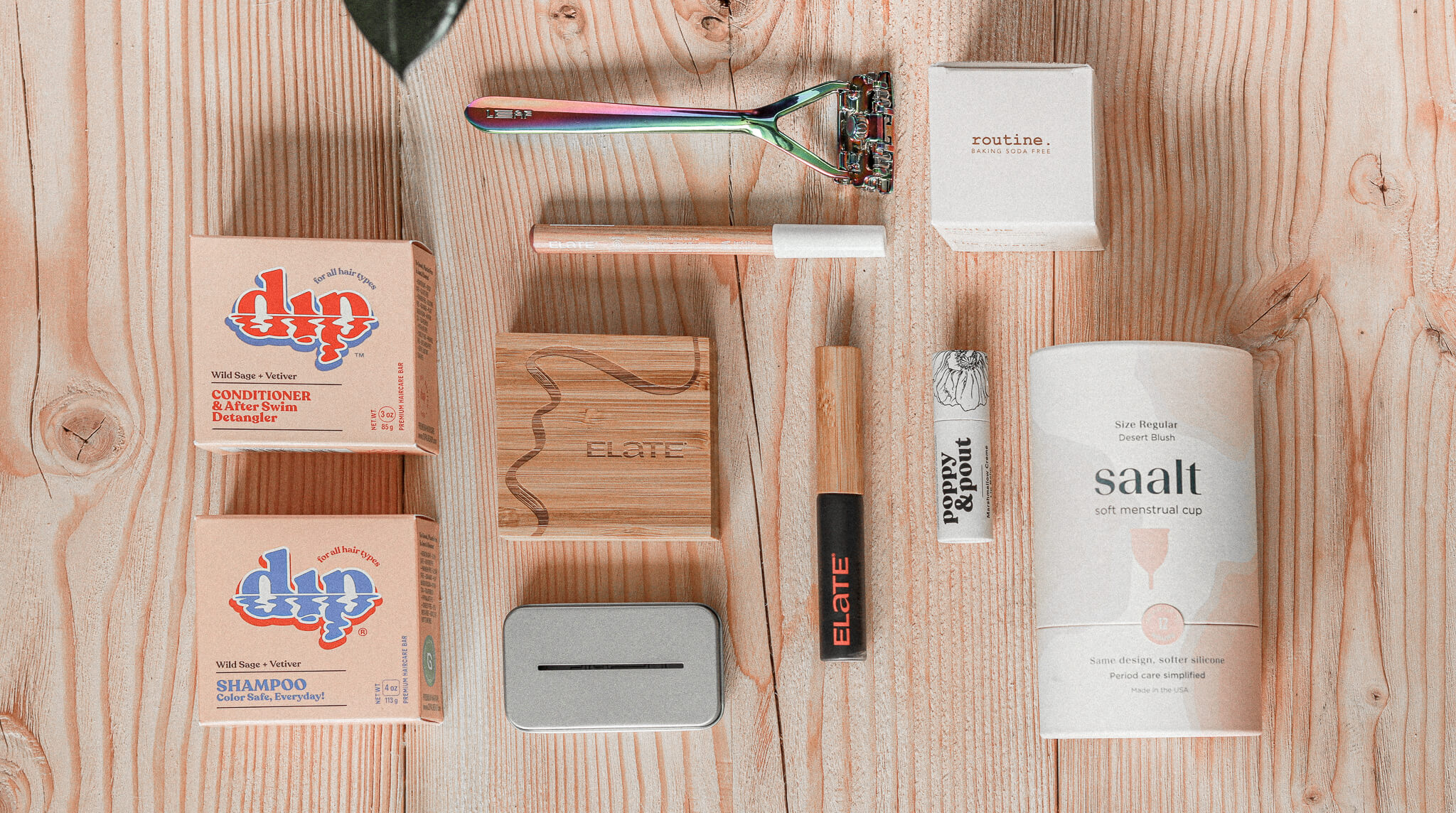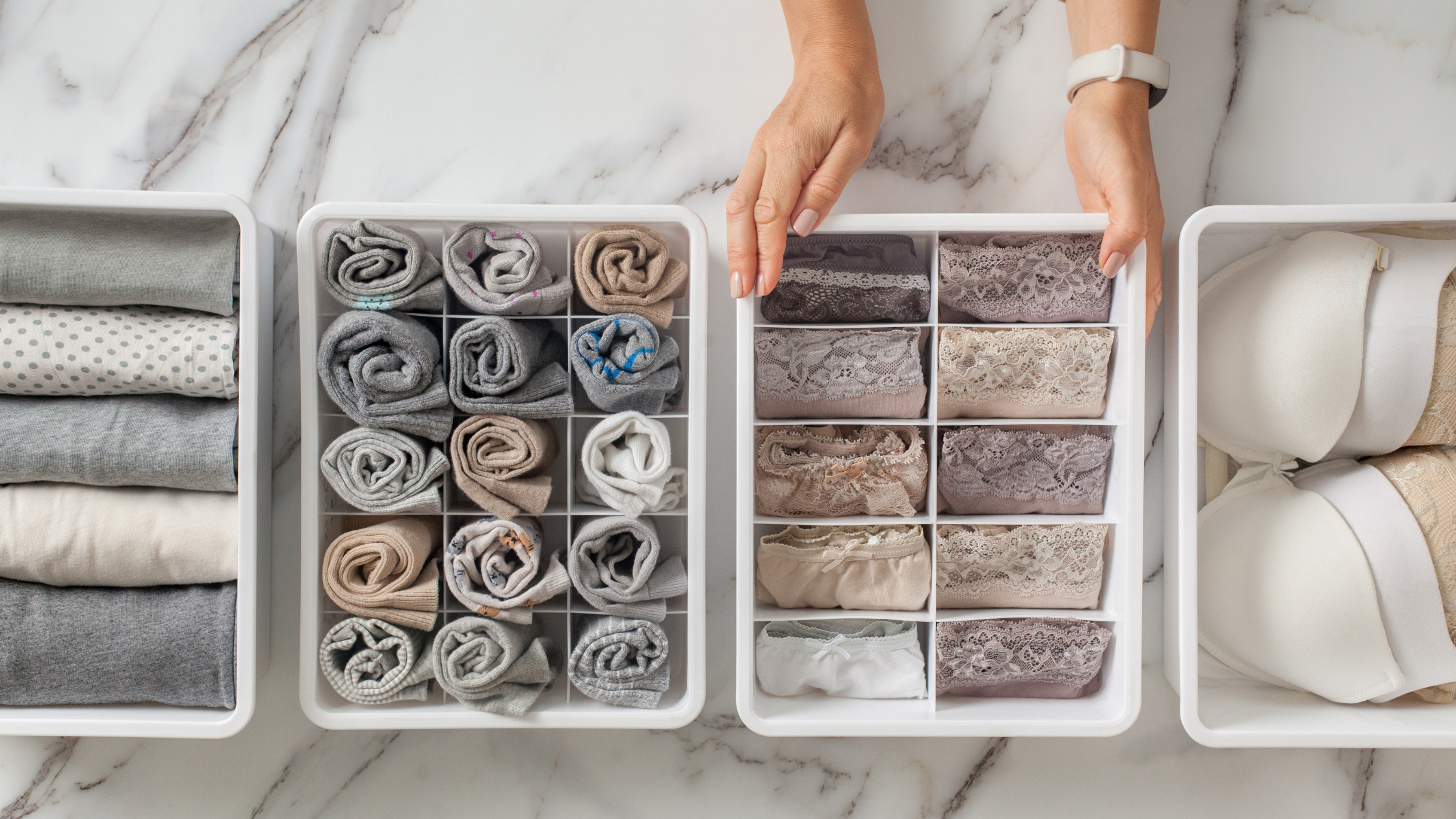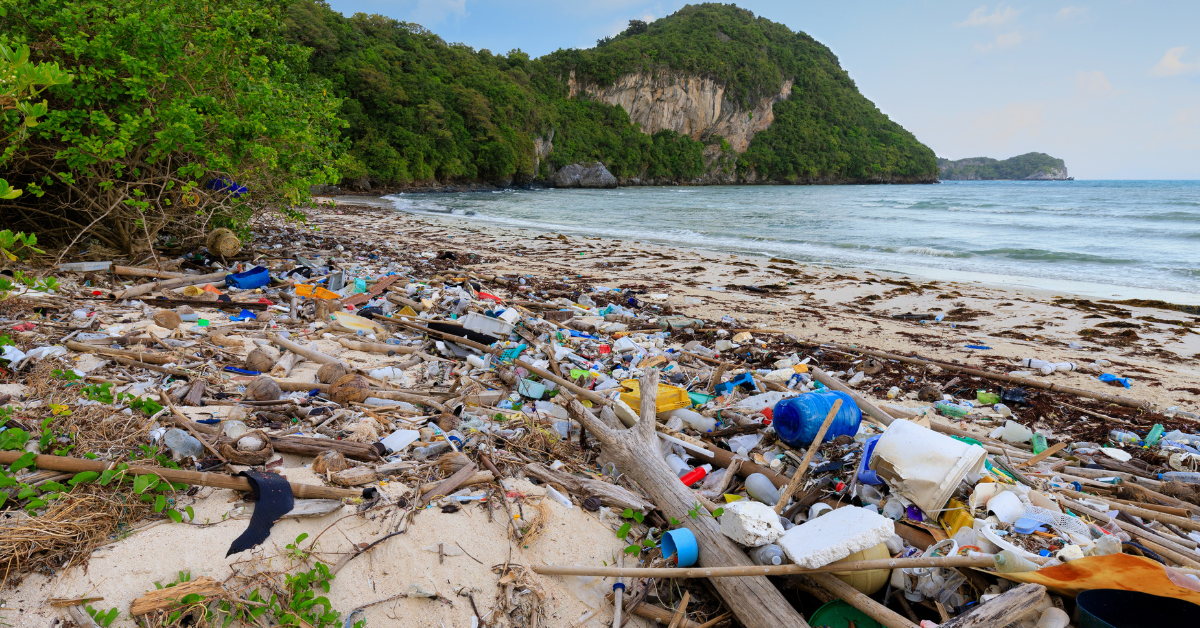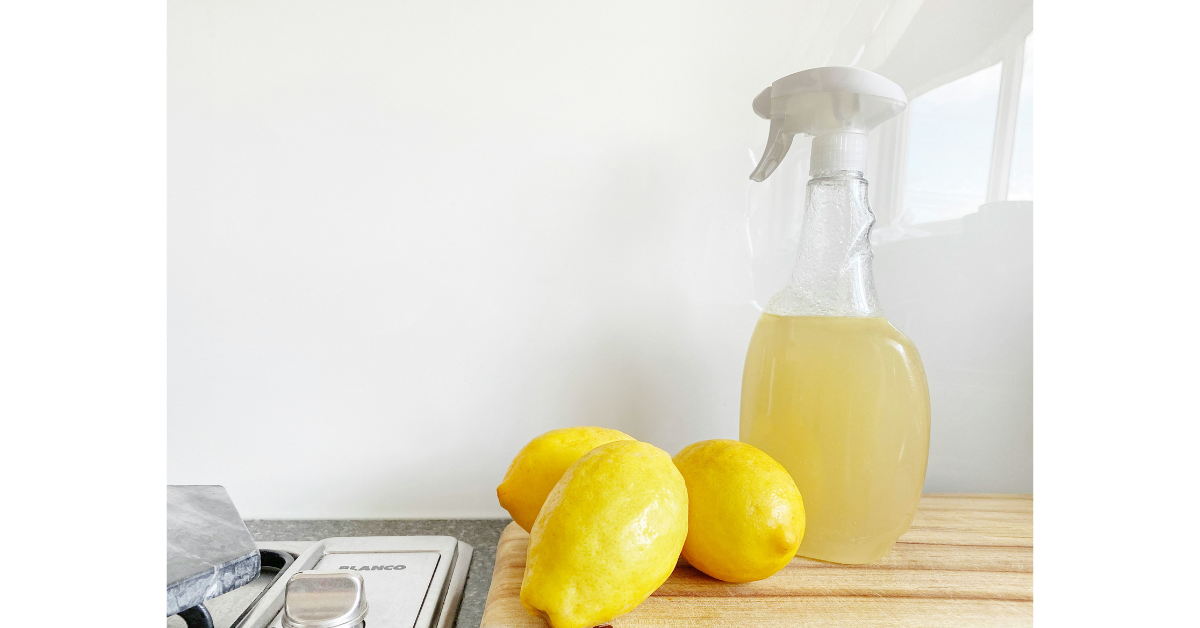Every time you wash your hair, apply a lotion, or spritz on your favorite perfume, you’re potentially coming into contact with several harmful ingredients. While these products have been marketed as ways to make you look and feel better, they could also be introducing a host of toxins into your life.
Personal care products have become an integral part of our daily routines. Unfortunately, these products are not subject to the rigorous testing and regulation one might expect. In fact, unlike food and pharmaceuticals, the ingredients in cosmetic and beauty products are not closely scrutinized by any external agency or governing body.
The Regulatory Gap
Personal-care products, like cleansers, lotions and shampoos, and all other cosmetics are not required to be tested for safety by any agency or organization outside of its manufacturer!
The FDA has little to no authority to oversee the multi-billion dollar cosmetic industry. The truth is that Congress has not updated the FDA’s authority to regulate the cosmetic industry in over 80 years. According to the FDA, “Under U.S. law, cosmetic products and ingredients, other than color additives, do not need FDA approval before they go on the market.”
In practice, this means that cosmetic products are not required to undergo rigorous pre-market testing for safety, effectiveness, or toxicity. Companies and manufacturers don’t even have to prove that the products contain the ingredients they claim to have. To put it bluntly, they enter the market with minimal oversight.
And even if, for example, a product triggers severe reactions in multiple children, there is no straightforward or mandatory mechanism for reporting the product or checking its been reported before. Product recalls are done at the discretion of the manufacturer — always.
Of more than 10,000 chemicals used to formulate cosmetics, just 11 have ever been banned or restricted by the federal Food and Drug Administration.
If you’re surprised by any of this, you’re not alone.
But by understanding what’s in your personal care products you can be empowered to make safe, informed, and responsible choices that protect your health and align with your values.
The 5 toxic ingredients you should always avoid in your personal care products:
#1 The Mysterious “Fragrance”
Let’s take a closer look at one particularly enigmatic ingredient—fragrance. You’ll find it in everything from your shampoo to your laundry detergent, often listed simply as “fragrance,” “perfume,” or “parfum.” Seems harmless, right? Wrong. What you might not know is that the term “fragrance” can hide a multitude of cancer-causing chemicals.
Manufacturers are not obligated to disclose the specific ingredients that make up a fragrance. This secrecy is protected under trade law because these scent formulations are considered proprietary. There are more than 3,000 individual ingredients covered under the “fragrance” umbrella. Under current law, these chemicals can then simply be labeled “fragrance,” even though they may make up 20% or more of the product.
The most concerning ingredients to hide behind the word “fragrance” contain phthalates—chemicals that extend a scent’s longevity, but pose serious health risks.
#2 Phthalates – The Everywhere Chemicals
Name a major public health concern over the past three decades and there’s likely some link to phthalates exposure.
Sometimes referred to as “everywhere chemicals,” these sneaky compounds were developed in the last century to make plastics more durable. But they’re also now commonly used in a variety of cosmetics and personal care products as solvents and stabilizers in perfumes and other fragrance preparations. Today phthalates are found in hundreds of products, from vinyl flooring, to plastic packaging, garden hoses, and, yes, even in the dozen or so products the average American woman uses during her daily morning routine.
Phthalates are endocrine disruptors, a class of potent chemicals that interfere with our hormone systems. These chemicals have been associated with a laundry list of concerns, including cancer, reproductive and developmental toxicity, birth defects, and respiratory problems.
According to the Environmental Working Group (EWG), Diethyl phthalate is frequently used as a “fragrance” ingredient. Since, as we’ve just learned, it won’t be listed separately, the EWG suggests choosing personal care products and cleaners that don’t have the word “fragrance” on the ingredient list.
The most widely used phthalate compounds are:
- BBP: butyl benzyl phthalate
- MBzP: mono benzyl phthalate
- DBP: di-n-butyl phthalate
- MBP: mono-n-butyl phthalate
- MiBP: mono-isobutyl phthalate (Most common phthalate added to nail polish.)
- DEHP: di-(2-ethylhexyl) phthalate
- MEHP: mono-(2-ethylhexyl) phthalate (Most widely-added phthalate to polyvinyl chloride, PVC, to make products flexible)
- DEP: diethyl phthalate
- MEP: monoethyl phthalate (Most common phthalate added to personal care products to enhance fragrance.)
- DiDP: di-isodecyl phthalate
- DiNP: di-isononyll phthalate (Most common phthalate added as a softener in the manufacture of toys and childcare products, such as bath toys, drinking straws, and rubber ducks.)*
- DnHP: di-n- hexyl phthalate
- DnOP: di-n-octyl phthalate
(*One easy way to recognize plastic toys, clothing, bottles, food and beverage storage containers, and/or food wrap that may contain phthalate compounds is to look for the number 3 inside the universal recycling symbol usually molded into the plastic on the bottom of the product. Avoid products with the number 3 within the arrows and the letters “V” or “PVC” below the arrows.)
#3 Parabens
Parabens are used as artificial preservatives in cosmetic and body care products. Since cosmetics contain ingredients that can biodegrade, these chemicals are added to prevent and reduce the growth of harmful bacteria and mold, increasing the shelf life of the product. Like Phthlates, parabens have also been linked to hormone disruption and potential health risks including breast cancer.
Parabens can act like the hormone estrogen in the body and disrupt the normal function of hormone systems affecting male and female reproductive system functioning, reproductive development, fertility and birth outcomes. Parabens can also interfere with the production of hormones.
Scientists are concerned about the exposure to environmental estrogens and how they may contribute to the risk of cancer, particularly breast cancer in women. Studies have shown that propylparaben can alter the expression of genes, including those in breast cancer cells and accelerate the growth of breast cancer cells.
Cosmetics typically contain mixtures of different types of parabens. The most commonly used six types are methyl-, ethyl-, propyl-, isopropyl-, butyl- and isobutylparaben. Since 2015, the EU has banned isopropyl- and isobutylparaben in all personal care products, as have 10 Southeast Asian countries.
#4 Formaldehyde – Not Just for Science Labs
You might recall formaldehyde from your high school science experiments, but did you know it can also find its way into your personal care products? It’s often used to inhibit bacterial growth, but this preservative can sometimes trigger skin irritation and allergic reactions in those who are sensitive to it.
Even baby soaps and wipes can harbor this potential irritant, making it crucial to scrutinize product labels.
#5 Sulfates – Notoriously Tricky
Sulfates, specifically sodium lauryl sulfate and sodium laureth sulfate, are prevalent in skincare products such as shampoos and body washes. While they’re not necessarily harmful, sulfates can cause temporary skin irritation. They’re like the spicy seasoning in your favorite dish—some people can handle them without an issue, while others might find them uncomfortable.
Why Ingredient Transparency Matters
The lack of ingredient transparency in personal care and cleaning products is a disconcerting issue. Manufacturers aren’t required to list all ingredients on product labels, leaving you, the consumer, in the dark about what you’re bringing into your home and putting on your skin.
But knowledge is power. By educating yourself about these potential hazards, you can take the first step towards making informed choices for yourself and your family. Whether it’s selecting products with simpler ingredient lists, conducting your own research, or supporting brands committed to transparency, you have the ability to minimize your exposure to these hidden risks.
In the next part of this series, we’ll delve even deeper into the world of household cleaning products, exploring additional ingredients that warrant caution and offering guidance on how to make safer choices for a healthier and cleaner home. Stay tuned as we uncover the truth about what’s lurking in your cabinets and under your sink.






Propuesta para Fulfilledlifestyleco.
Hola, es un placer saludarte.
Te escribo porque sería interesante comentar contigo la opción de que Fulfilledlifestyleco posicione en los primeros lugares de internet y que aparezca cada mes como noticia en cientos de periódicos digitales, con artículos reales dentro del periódico que no se marcan como publicidad y que no se borran.
Estas noticias se publicarán en más de cuarenta periódicos de gran autoridad para mejorar el posicionamiento de tu web y la reputación.
¿Podrías facilitarme un teléfono para aplicarte un mes gratuito?
Muchas gracias.